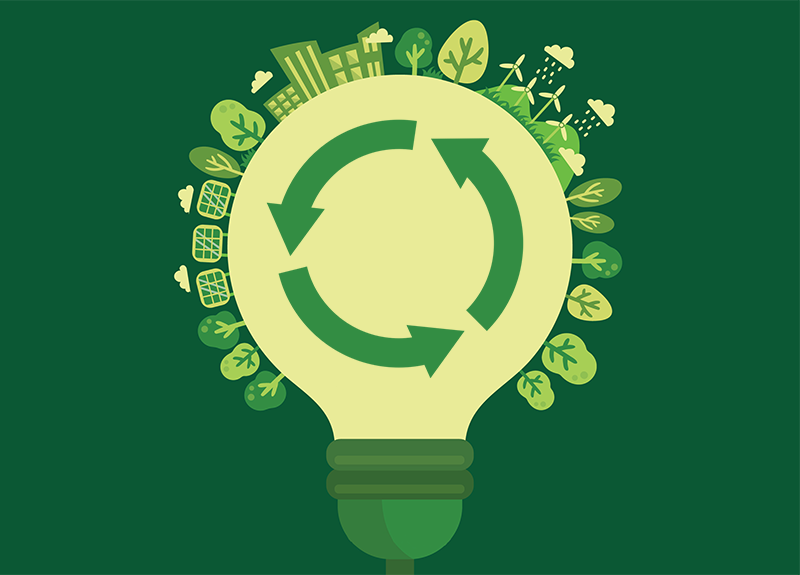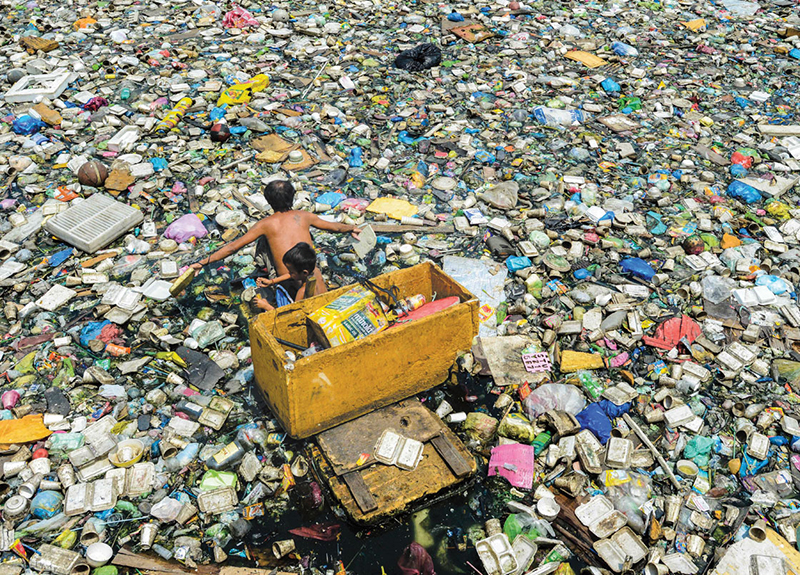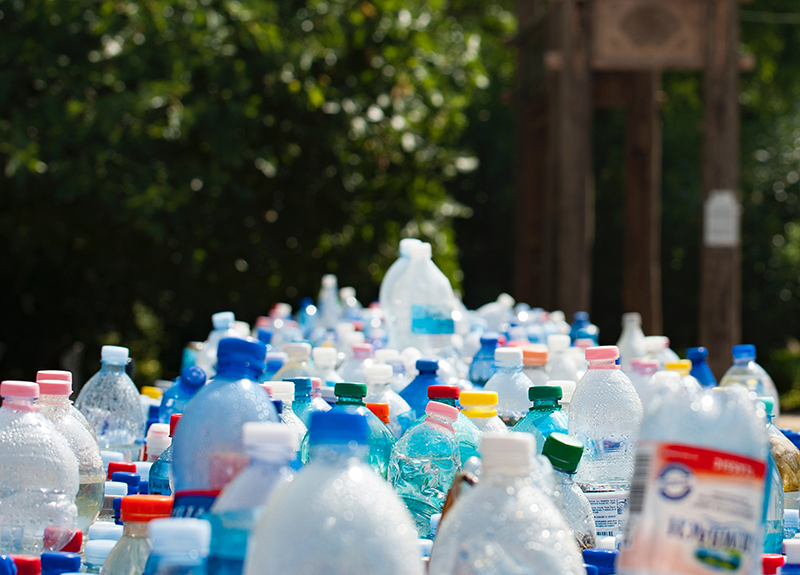More than 70 experts from across industry, academia, and government joined the invitation-only event
More than 70 scientists and industry experts convened on June 3 for a virtual seminar, presented by Dr. Kathryn Beers, Program Manager for the Circular Economy at the National Institute of Standards and Technology (NIST) at the U.S. Department of Commerce. The seminar, entitled “NIST’s Role in Enabling Circular Materials,” was hosted by the Program on Plastics, Ecosystems, and Public Health (PEPH) at the Institute for Sustainability and Energy at Northwestern University (ISEN).
“Many of the materials that enter our waste stream still have tremendous value,” Beers said during the event. “The circular economy is about returning that value to society by finding innovative ways to enter these materials back into the supply chain… This is not an either-or scenario. [Making these changes] helps the economy and manufacturers in addition to alleviating some of the other consequences of the way we [are] currently treating our waste stream.”
In contrast with a traditional linear economic model in which goods are produced, used, and then discarded, a circular economic model of production and consumption involves sharing, leasing, reusing, repairing, refurbishing, and recycling existing materials and products.
During the virtual event, Beers provided insight into NIST’s increasing focus on the circular economy and solicited input from the expansive list of attendees including Alliance to End Plastic Waste, Dow Chemical, Colgate-Palmolive, Honeywell, Mars Research, ExxonMobil, Closed Loop Partners, BASF, 3M, Braskem, US Department of Energy, US Department of Commerce, National Science Foundation, and US Environmental Protection Agency—not to mention several prominent research universities including Northwestern.
As one of the country’s oldest physical science laboratories, NIST provides state-of-the-art measurements, technologies , and calibration services for everything from electric grids to electronic health records to atomic clocks, advanced nanomaterials, and computer chips. NIST takes a collaborative approach to much of its work, bringing together members of industrial, academic, and governmental institutions to facilitate and accelerate innovation and provides technical leadership in the development of standards.
As a polymer chemist who has been working at NIST for two decades, Beers has been applying principles of circular economy to the growing issue of plastic waste in the environment. She discussed several of NIST’s programs as modes of NIST work that can support this aim including: the Materials Genome Initiative that acts as a large data hub; 3D printing and additive manufacturing research that can bolster recycling innovation; and the nSoft Consortium that provides neutron-based measurement resources that can be used for advanced polymer science.
During the seminar, Beers pointed to a recent report from McKinsey and Company entitled “How Plastics Waste Recycling Could Transform the Chemical Industry” that found that the rate of global plastics reuse and recycling could be increased by four times by the year 2030. Although optimistic about this prospect, she remained grounded in current trajectory of consumer behavior:
“Even if we can make all of the necessary public policy, regulation, and technology improvements to radically change how we treat our waste stream to pull materials back into the supply chain, we’re still going to see a massive amount of demand growth for plastics.”
In the near-term, Beers stressed that NIST’s work on circular materials and plastic waste will take a three-pronged approach: measurements and contributions to standards to support new processes and materials, engaging with data collection and economic analysis, and assessing environmental impacts.
Image credit: Freepik







